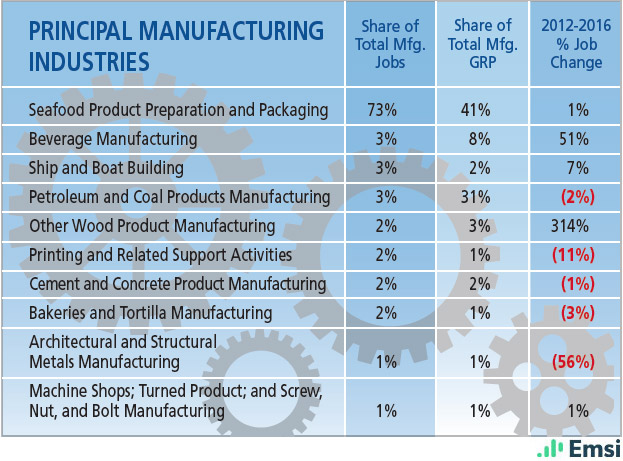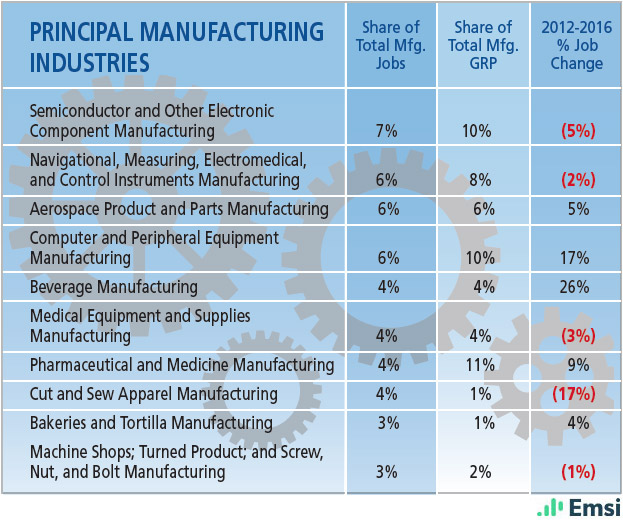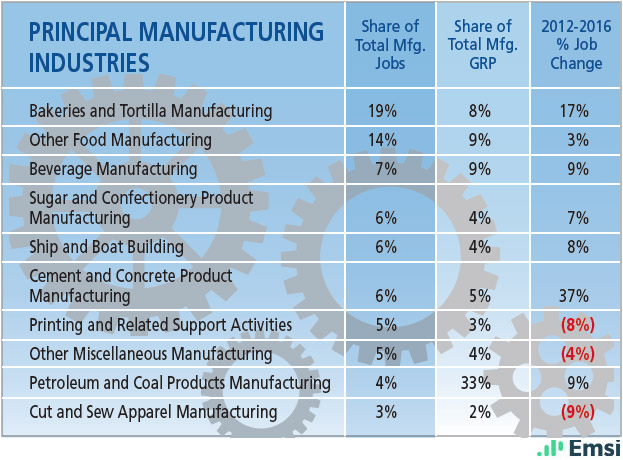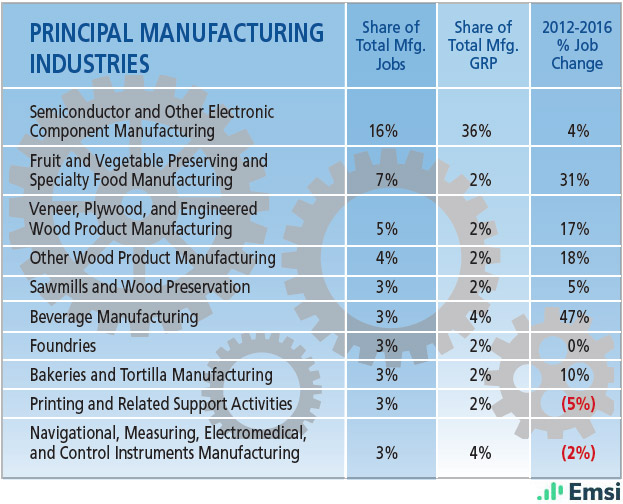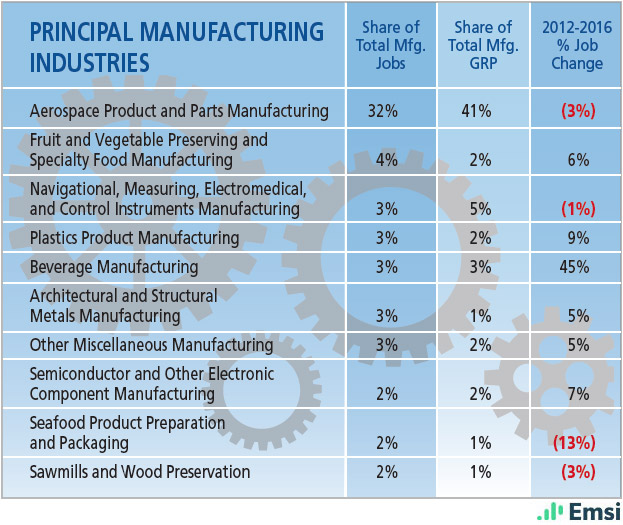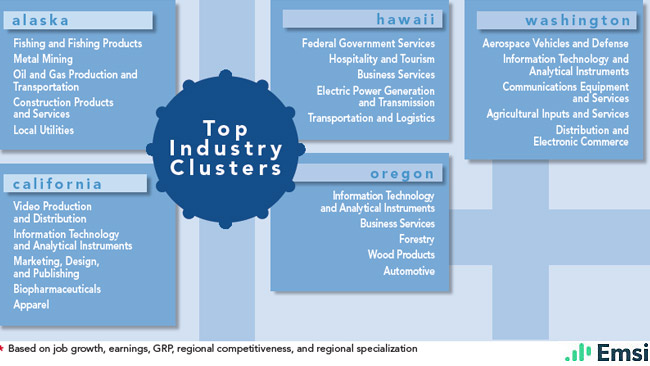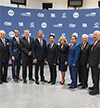Tech Jobs in Demand
Strong economic growth, high-tech industries, and good-paying jobs make California, Oregon, and Washington places where people want to live and work. California created 483,000 jobs in 2015, far more than any other state.
In 2015, Oregon had one of the best-performing economies in the nation as measured by employment, home prices, personal income, and tax revenues, according to Bloomberg. Tech jobs are especially in high demand. In Portland, for example, the IT industry reported a 7.7 percent increase in employment in 2015 — about an extra 1,800 jobs. Another booming tech cluster is the Puget Sound region of Washington. This increased overall growth does create challenges such as more in-migration, which drives up housing costs and impacts education and transportation capacities. But it also drives an improving housing market up and down the coast. For instance, Washington's real estate sector GDP grew by almost 1.0 percent in the first quarter of 2016.
Diversified economies keep the Pacific mainland rolling along, even when the states' more traditional industries such as agriculture and energy suffer economic downturns. Much of the diversity comes from technology-based industries such as biotechnology, communications, computers and IT, electronics, clean energy, and digital media.
Tech companies in the San Francisco Bay area's "Silicon Valley" are at record levels of employment, even topping the peaks of the dot-com era. "The Bay Area is marching to its own drumbeat and is going to outperform California," predicts Stephen Levy, director of the Palo Alto-based Center for Continuing Study of the California Economy. There are still plenty of deals taking place. For example, GE Digital recently announced it would buy Pleasanton-based ServiceMax, a machinery management software maker, for $915 million.
California is also the undisputed leader in the rapidly expanding green energy sector — among the more than 100 North American companies in the Bloomberg Americas Clean Energy Index, about 20 percent are headquartered in California, with an average revenue growth of 11 percent. Another important high-tech industry in the Pacific region, especially in Washington, is aerospace, where several clusters develop and build products for major manufacturers and airlines throughout the world, including Boeing, Airbus, Embraer, and Bombardier.
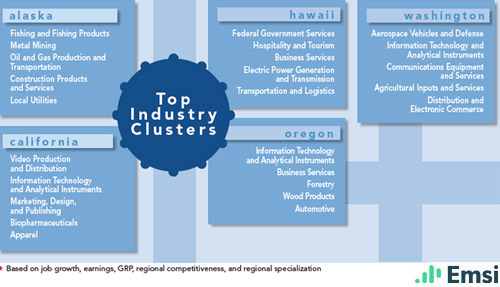
Pacific Region Demographics and Industries
-
Alaska: Principal Manufacturing Industries

-
California: Principal Manufacturing Industries

-
Hawaii: Principal Manufacturing Industries

-
Oregon: Principal Manufacturing Industries

-
Washington: Principal Manufacturing Industries

-
Pacific Region: 2016 Educational Attainment

-
Pacific Region: Demographics

-
Pacific Region: Top Industry Clusters

Both Hawaii and Alaska have economies that greatly depend on one or two key industries. In Hawaii, that industry is tourism, which is the largest single income source for the state and impacts all other key se ctors, including construction, hospitality, transportation, retail, and health and wellness. According to the Department of Business, Economic Development and Tourism (DBEDT), during the first quarter of 2016, a total of 14,400 non-agriculture payroll jobs were added in the economy, representing a 2.3 percent increase. Most industries gained jobs, led by the construction industry, which contributed 46 percent of the total job gain with an increase of 6,600 jobs. (In fact, 2015 was a record year for the construction industry in the state, with the total value of construction completed equaling $8.1 billion.) Other job gains in the first quarter of 2016 included food services (2,700 jobs) and healthcare and social assistance (2,500 jobs). DBEDT expects Hawaii's economic growth to increase to 2.4 percent in 2017.
In contrast, Alaska is linked to an industry that is currently in a major slump — oil and gas. The oil and gas industry is the largest component of Alaska's economy — nearly 85 percent of the state budget and about one third of all state jobs are supplied by oil revenues. Reduced oil and gas activities have hit the state budget hard. Petroleum was down 13 percent in the first quarter of 2016, representing a loss of about 2,000 jobs. Construction declined about 9 percent in the same quarter, losing 1,300 jobs. Industries that are showing some gains include seafood, healthcare, and transportation and warehousing.
Alaska is continuing its efforts to diversify. The state's third-place ranking in the Tax Foundation's 2017 State Business Tax Climate Index makes it an attractive place to conduct business. Alaska's corporate income tax is on a sliding scale, ranging from zero percent for companies with less than $25,000 in income to 9.4 percent for those making more than $222,000. This makes it easier for startup companies with limited funds to grow their businesses.
Alaska's entrepreneurial ecosystem is starting to gain more traction, in part thanks to Launch, the state's first business accelerator. Located in Anchorage, Launch has received grants from the Small Business Administration ($50,000 in both 2015 and 2016) and the Office of Naval Research ($600,000). Tenants are developing innovative technologies and applications, such as drones and robotics, which will benefit areas that are critical to Alaska's economic growth, such as safer and more cost-efficient energy development. Launch is also supported by the Alaska Accelerator Fund, a local seed capital fund that was established with a $13.2 million grant from the federal government.
"We have a co-working space, we have venture funds, we have a relationship with the University of Alaska," says Lance Ahern, managing director at Launch. "All the pieces are here."
